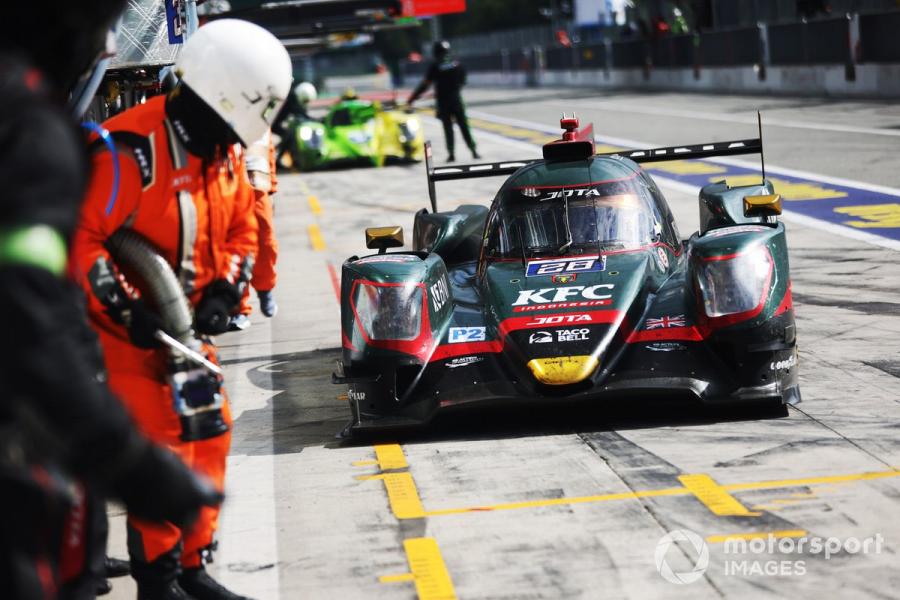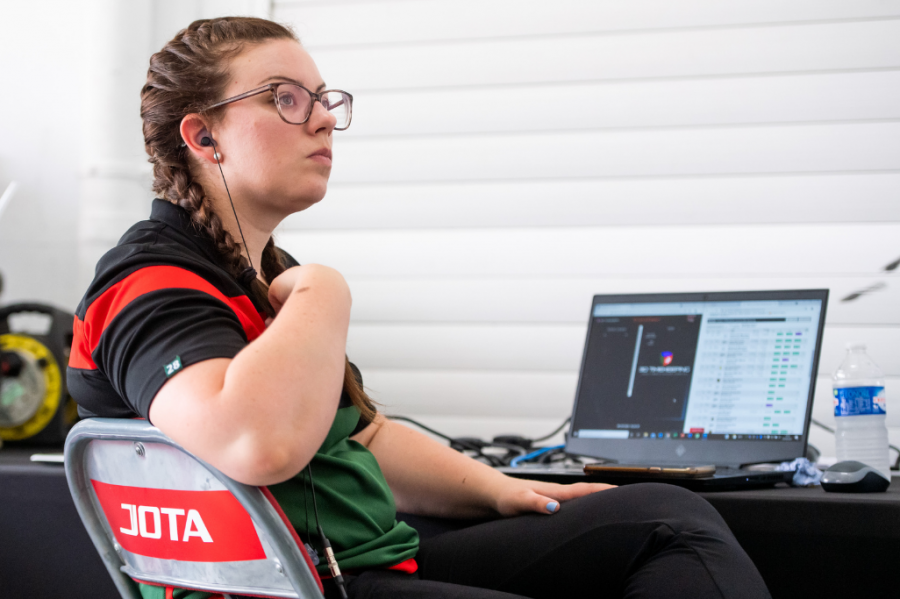While drivers fight on track for every possible millisecond, races can be won or lost by how long pitcrews take to service a car, and as it’s so much easier to lose time in the pits than it is to make it up. That means that having a well-maintained, well-trained pitcrew can be the difference between winning and losing, and this is where Pitstop Performance Coaches come in. Working with pitcrews, they’re responsible for ensuring that drivers keep every tenth they gain on track, but how do they do that and how do you become one?
We spoke to Cassie McColl, a Pitstop Performance Coach with JOTA, to find out.
What is your role?
Human Performance at JOTA involves analysing movement during pitstops to decrease injury risk and increase performance. From the analysis, training programmes are developed to address the areas of performance that need improvement.
How do you become a Pitstop Performance Coach?
This a role I have worked in multiple professional sports before moving into motorsport. During university I volunteered for many work experience placements. Many university lecturers work or have links to professional sports teams this allowed me to complete placements with dancers, weightlifters, hockey players, rugby players and Australian Rules Football (AFL). This allowed me to create many contacts and was offered jobs to assess a particular area within the team which the coach and management staff wanted to address. In addition to university studies, work placements provide the necessary skills to approach teams and work with them to increase performance of their athletes.

What qualifications do you need?
A bachelor’s degree in Sport Science is necessary. This course will provide many skills including exercise programming, exercise testing, biomechanics analysis and research skills. Many of the top human performance individuals also completes master’s degrees in biomechanics, strength and conditioning and injury rehabilitation.
What should you study in school?
I studied in Australia, so the high school structure and subjects are a bit different to here in the UK. However in high school, I studied biology, physical education, maths and physics. From there I completed a Bachelor in Exercise and Sport Science, Masters degrees in exercise rehabilitation and a Masters degree in Sports Biomechanics.
Biology and physical education teach the basic understanding of the body and bodily systems for functions. Maths and physics teach how to understand and calculate the forces that act of the body to improve or decrease performance of an athlete. From there university degrees provide the in-depth knowledge and skill set to work in the sport science field.
What other skills are useful?
My role at JOTA requires me to work with the mechanics, engineers and other health professionals that work with the drivers. So being able to work in a team is very important. As sport science is relatively new in the motorsport field good problem solving skills and ability to communicate and write detailed reports are also vital to help to team improve their performance.

How can I get work experience?
To get work experience in the sport science field contact companies with a CV and ask if they take work experience students. Contact clinics or sports teams and ask if there are placements available. If they don’t have placements available, ask for a meeting. That way a meeting in person will help develop a contact that can be useful in the future.
What does a race day look like for you?
During a race meeting there is a lot to do. At JOTA we have a pitstop practice schedule for the race meeting. Each practice session is planned with specific skills we want to improve ahead of the race. After a practice session each stop is analysed for time, body movements and errors. I consult with the engineers to understand their tyre strategy for the race and choreograph stops if the engineers want something different, we don’t normally practice. During free practice sessions I am videoing live stops and analysing them so the mechanics get feedback to address for the next live stop. This is similar to the race.
What does a normal day look like for you?
I work as a contractor, so I am sometimes workshop running training and exercise sessions and sometimes I work from home completing reports and performing admin duties. The days change from working 12-hour days to two-hour days.
